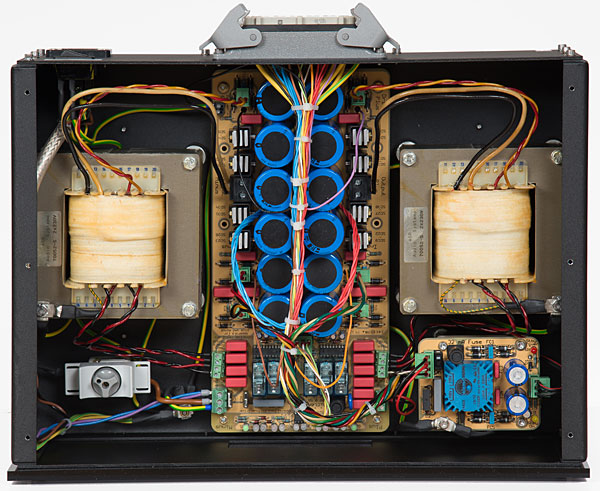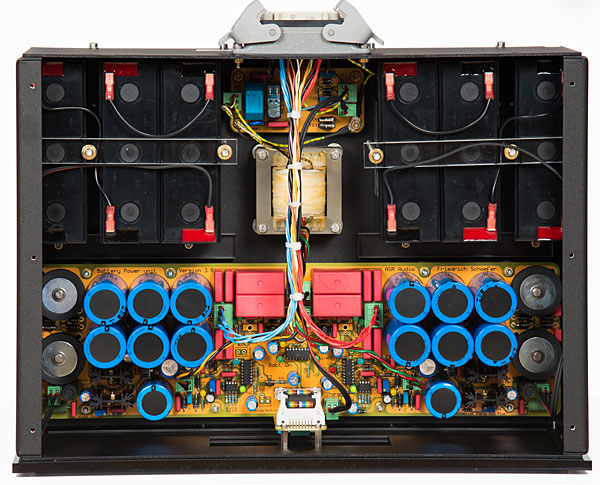| Columns Retired Columns & Blogs |
I think I align with you, as I get older, I want less fuss and boxes. Seems like a lovely sounding thing, however.
You are likely too young to recall, but my all time award for best use of LEDs with a smokey semitransparent cover goes to Superphon's Revelation II in the Space Case. Side note: available with either two mono volume knobs or a separate volume and balance knob. I liked both, perhaps the two volume knob version was a 'scoootch' better.
Maybe even a distant family resemblance between the Superphon and the Emitter.
Cheers!










































